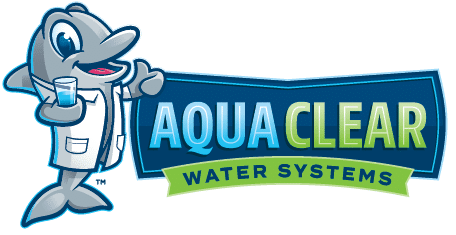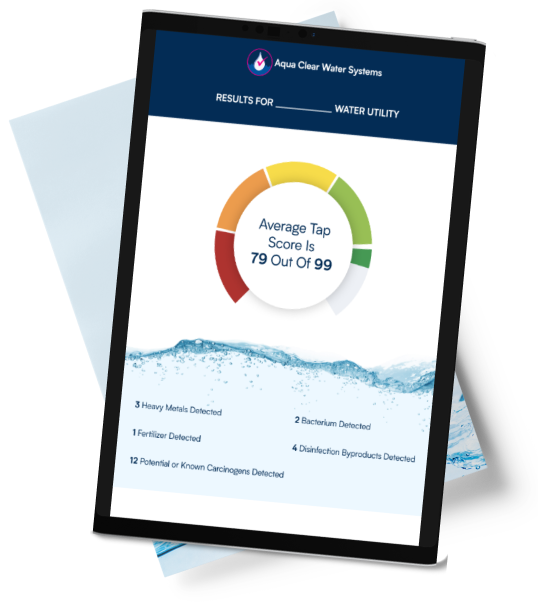Water Testing Hub: How to Test Water at Home for Safety and Quality
We all rely on high-quality water for drinking, cooking, cleaning, and bathing. We need it to maintain our own health and ensure the well-being of our families.
Sometimes, however, our water may contain something we don't like. It may cause us harm or simply be an annoyance, but we need to be sure what it is. This home water test guide tells you what to look for and when, and how you need to test.
How Your Water is Supplied and Monitored
More than 90% of people in America receive their water from municipal suppliers. These companies source, treat, and distribute the water and are obliged to ensure that the water is safe for human consumption. However, sometimes events arise that make the water less than ideal, and that's when water contamination testing may be necessary.
All municipal water companies are regulated by the Environmental Protection Agency (EPA), which establishes standards for drinking water quality and provides guidelines for more than ninety contaminants, including metals and bacteria. The EPA produces the National Drinking Water Regulations to ensure that your water is safe to drink.
Municipal water companies are legally obliged to produce an annual Consumer Confidence Report that identifies sources of water, specifies its quality, and warns of any contaminants found and their possible health effects. This report is normally sent out with bills in July and can also be viewed on the websites of the water companies and the EPA. It provides information about water in the area, but not specifically at your household.
Many people get their water from private sources, mainly wells, and their water is not processed, covered by regulations, or the subject of quality reporting. For these reasons, users of private water are responsible for its quality and should therefore use water testing kits regularly to assess the content. This applies particularly if the well is near a septic tank or some other plant that may affect the water.
When to Test your Water
The onus falls mainly on private well owners because no one else will undertake any quality assurance. Even if the water is considered pure and safe, it should be tested once a year because the situation can change. This annual testing should concentrate on coliform bacteria, total dissolved solids, nitrates, and pH levels, which should also be tested for in new wells and if any changes have been made to existing wells.
Tests should be conducted for sulfate, iron, manganese, chloride, corrosion, and water hardness every three years, and if there are any changes to the color, taste, or smell of the water. Always test for chemicals and volatile organic compounds if there has been a local chemical spill or leaks, and there are unexplained illnesses.
For all types of water users, any change to the water should give cause for concern. You can consult your supplier for advice, but you may still test if not satisfied with the response. Take particular care when there are pregnancies or new babies in the household, and be aware of any changes that may necessitate testing.
How to Test Water at Home
There are various types of water test kits that range from basic test strips and digital devices for home use to those conducted by laboratories. These vary in cost, convenience, speed, and accuracy, with the laboratory tests being the most expensive but also the most comprehensive and reliable.
Testing can be a costly business, especially if you try to test everything, so it is best to concentrate on specific contaminants. Use advice from your supplier, from your local health or environmental departments, or local knowledge that is aware of particular problems, so you can decide what you need your testing to cover.
Test kits will cover a specific range of contaminants only, so you need to choose carefully and focus on the water content that really matters to you. To help you choose and run your tests, separate guides are available:
- testing your drinking water to ensure it is safe and free of waterborne contaminants
- the frequency and process of testing well water
- testing for the presence of lead that can be harmful, especially for young children, and frequently comes from lead pipes
- the different types of iron that may be present in water and how to test for them
- checking pH levels, the effects of acidic or alkaline water, and how to achieve a neutral balance
- identifying and remedying hard water that can clog pipes and appliances with limescale, irritate skin, and make washing difficult.
Most home-based kits require you to dip a test strip into the water and compare the outcome against a chart to determine the content. For a laboratory test, either you or a technician will take a water sample, which the laboratory will then analyze and report the results, generally also offering personal advice about what to do.
Dealing with Water Quality Issues
If the test reports any problems with your water, you need to deal with them. Minor problems may not be urgent, but serious contamination requires immediate action. For a start, don't drink contaminated water unless the contamination can be removed by boiling. Never risk the health of your family; always play safe.
For a permanent fix, install a filtration system that will remove the contaminants and include a water softener if your water is hard. A whole-house system is best since it will ensure all your water is purified, rather than a point-of-use model that only deals with a specific outlet. Reverse osmosis systems provide the most comprehensive water treatment, while chemical treatments and disinfectant methods are also available.
If you are unsure what to do, consult your water supplier or your local health or environmental department for advice. At Aqua Clear Water Systems, we are also happy to help you deal with all your water problems, so get in touch without delay.





